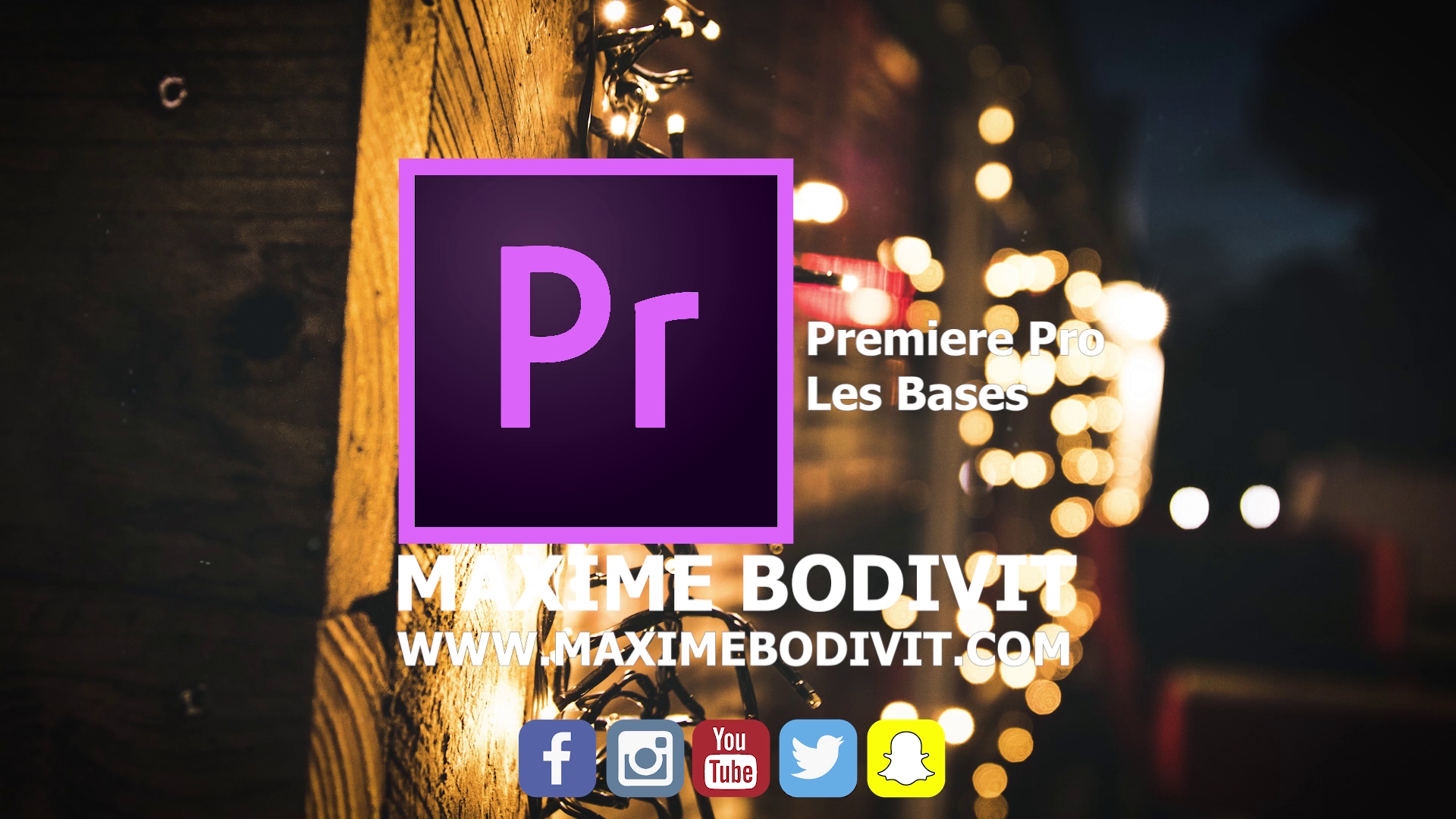

Premiere pro 2018 manual#
This may be a mistake in the manual or I may be confused about it's meaning. Adobe Premiere Pro CC Classroom in a Book (2018 release) Jago, Maxim on.

Manual seems to contradict itself about the order in which FIXED EFFECTS and STANDARD EFFECTS are rendered.For example, on page 378 as part of the "Use FX badges" section. If you search the document for "intrinsic effect" you will find it ten times.: Fixed effects says, "Every clip you add to a Timeline panel has Fixed effects pre-applied, or built in.".Do these two terms mean exactly the same thing: FIXED EFFECTS and INTRINSIC EFFECTS?.Premiere Pro CC 2018 is both easier to use and now a serious contender for creating 360 content.Thanks for sharing that with us. But shared project controls, extended VR support and the ability to load multiple projects are the killer new features. There are also eight new label colours to aid clip organisation. There are sundry smaller improvements, including the ability to preview fonts and edit motion graphics templates created in After Effects. Adobe Premiere Pro CC 2018 review: Verdict The graphics layer will then respond to changes to the pinned layer or video frame, so when these are added to a sequence with a different aspect ratio they will maintain relative position. The Position element lets you pin a graphics layer to another layer or the video frame itself. At the center of the release are new smart color and audio workflows, powered by Adobe's artificial intelligence: Adobe Sensei. Adobe has released Premiere Pro CC 2018 (12.1), available now for all Creative Cloud subscribers. This also includes a rolling credits feature. Learn All the Updates in Premiere Pro CC 2018 (12.1), Featuring Intelligent Color Match and Auto-Ducking.

The Time element lets you pin a range of intro and outro keyframes at the beginning and end of a motion graphics clip, which are preserved when you make ripple edits. The Essential Graphics Panel, introduced with Premiere Pro CC 2017 to replace the legacy titler, has been improved by the addition of Responsive Design. There are a couple of other significant new features. Premiere Pro itself also now works in VR, so you can edit while wearing a VR viewing device such as the Oculus Rift or HTC Vive. All eight use the 360-degree space in an interesting way to move between clips, and are a welcome addition because most 2D transitions introduce unwanted visual artefacts. Immersive transitions include chroma leaks, gradient wipe, iris wipe, light leaks, light rays, Mobius zoom, random blocks and spherical blur. The remaining effects are essentially 360-aware versions of their 2D counterparts. The VR Projection tool is also handy, because it makes it easy to use footage shot on different 360 cameras on the same timeline. The VR rotate sphere effect lets you correct orientation issues with your 3D sphere, and you can add keyframes to animate the default view direction within the 360-degree space. Even better, all these effects are GPU-accelerated, so they gain a performance advantage from your graphics hardware. Apply the VR plane to sphere and the image will instead appear like a 2D placard within 360-degree space, with tools to adjust how far away it looks and orientation. The plane-to-sphere effect is particularly useful: without this, when you import a 2D image it will automatically look curved. The new effects are seamless, and include blur, chromatic aberrations, colour gradients, de-noise, digital glitch, fractal noise, glow, plane to sphere, projection, rotate sphere and sharpen. There’s now a selection of 360-aware effects and transitions that derive from Adobe’s acquisition of the Mettle SkyBox Suite (sadly Adobe hasn’t included the latter’s 360 stitching tools into Premiere Pro).Īlthough you could apply 2D effects already, these introduce unwanted artefacts along stitching lines.

The other significant area of improvement is for creating 360-degree VR content, which Adobe is labelling Immersive Video. Then you create Shared Projects, and can use a little padlock icon in the bottom-left-hand corner to toggle read-write mode or release a project for others to work on. Once Project Locking has been enabled in the Premiere Pro Preferences, you give your workstation a username in the same dialog. A user can now lock a project that has been loaded from a central storage repository, say a NAS or SAN, so that other workstations can only open it in read-only mode. Adobe Premiere Pro CC has had a team project capability via Creative Cloud storage for a while, but Shared Projects are designed for collaboration using communal storage on a local network. Vaguely related is the new Shared Projects facility.


 0 kommentar(er)
0 kommentar(er)
